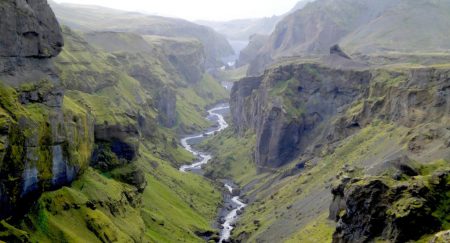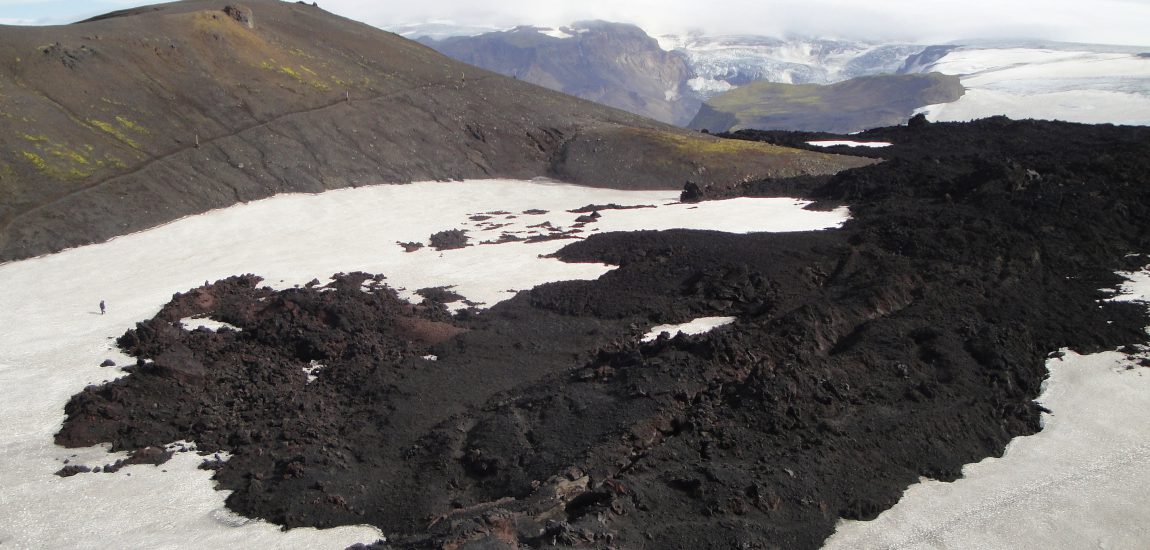
Lava, Ice and Carbon: A truly Icelandic conference
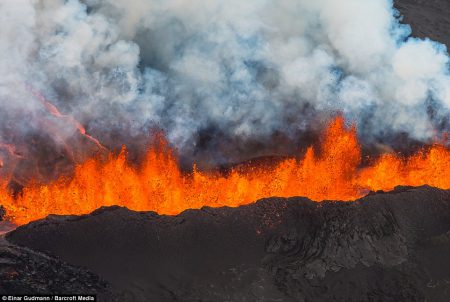
Global media attention was drawn to Iceland last week when days of increased seismic activity around Bárðarbunga culminated in the spectacular fissure eruption in the Holuhraun lava field. Just a few hours before this eruption started I and about 80 other geologists were standing next to a similar fissure site that marked the start of the 2010 eruption sequence at Eyjafjallajökull. Our 18 km hike to the volcanic cones of Magni and Móði on the flank of Eyjafjallajökull marked the highlight of a fantastic conference discussing (amongst other things) the intricacies of carbon sequestration. Organised by four EU-funded networks (CarbFix, CO2-React, MetTrans and MINSC) together with the Scandinavian NORDICCS programme, this International Carbon Conference drew together representatives from industry, world renown professors and early career researchers to discuss the current challenges facing the carbon capture and storage industry and what progress has been made over the last few years.
The meeting was given a fantastic kick-off at the futuristic-looking Hellisheiði geothermal power plant. Operated by Reykjavik Energy, this is one of the largest geothermal power stations in the world and is also the site of the CarbFix CO2 injection programme, whose preliminary successes were great to hear about during the conference. Following this ice-breaker and trips around the geothermal sampling sites we had two days of talks and posters that were introduced by the President of Iceland and led by the organisers of the networks. In addition to summarising the progress made in various on-going CCS projects, these talks gave us insights into how nanoscale laboratory measurements can be used to inform us of the processes occurring out in the field, and why isotopic measurements can be a useful tracer for carbon mineralisation programmes.
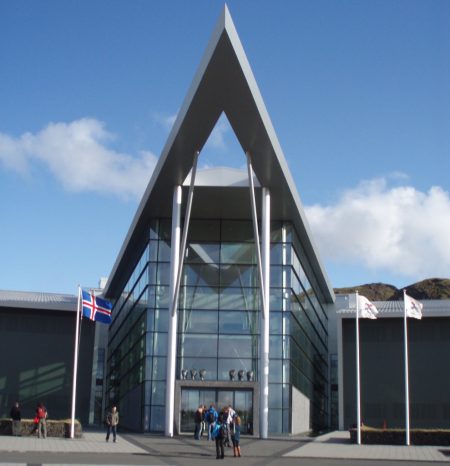
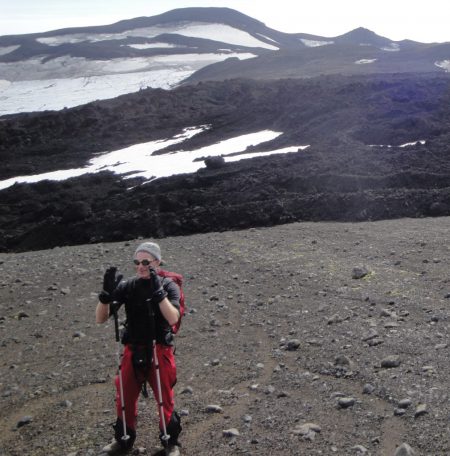
Of course, as insightful as these presentations were, one of the essential components for any successful conference is the opportunity for networking and making new connections. In this aspect the meeting yet again excelled, with ample time for discussion over the frequent snack stops, during the evening poster session and at the main conference dinner. However, it was the post-meeting field trip where the Icelanders really showed us how to host a meeting, with the breath-taking scenery and fantastic weather (seriously), duly complemented by the outstanding food and local beverages. Even the hike up Eyjafjallajökull took the breath away, as although it was admittedly strenuous in places, the shear scale and beauty of the area surely places the walk right at the top of any geologists ‘must-do’ list. Of course we were somewhat spoiled with our guides, as several of the people leading the hike (including Prof. Sigurður Gíslason) were directly involved in sampling the ash and water samples emitted during the Eyjafjallajökull eruption, and could give first hand accounts of the stunning lava waterfalls and glacial meltwater sites throughout the region.
We were even treated to some insider knowledge of continuing scientific studies in the region, as the return walk down the beautiful Hvannárgil valley took us past the end of a lava flow associated with the rapid precipitation of travertine deposits that efficiently scavenged the metal content of the dissolved river waters (Olsson et al., 2014). It wasn’t until later that evening, when we were all recovering over a glass of Brennivín coupled with the traditional camping-hut singing that the Holuhran eruption started. Now if that’s going to be the location for a return meeting in a few years time then I’m signing up now…
